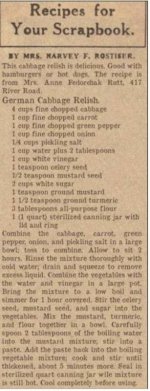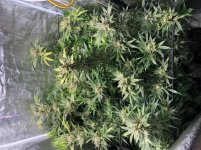Been having some great grows out of 4 ppk sites.
Idk if its depression or what but I cant keep up with it all. Been screwing around with bokashi in my hydro medium and outdoor.
Just pulled a great seed harvest od.
Got all my moms in bad shape. I dont want to buy anymore salt nutrients.
I just need some guidance....
I need to build a good base. I fix on setting up a worm bin in the spring.
Thinking 25g fabric pots. Coco base, compost, airation? I need to get something fired up on the cheap before I lose all the girls and boys
Idk if its depression or what but I cant keep up with it all. Been screwing around with bokashi in my hydro medium and outdoor.
Just pulled a great seed harvest od.
Got all my moms in bad shape. I dont want to buy anymore salt nutrients.
I just need some guidance....
I need to build a good base. I fix on setting up a worm bin in the spring.
Thinking 25g fabric pots. Coco base, compost, airation? I need to get something fired up on the cheap before I lose all the girls and boys




